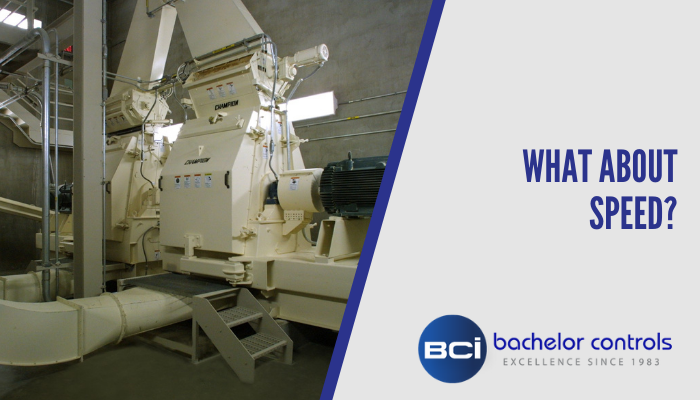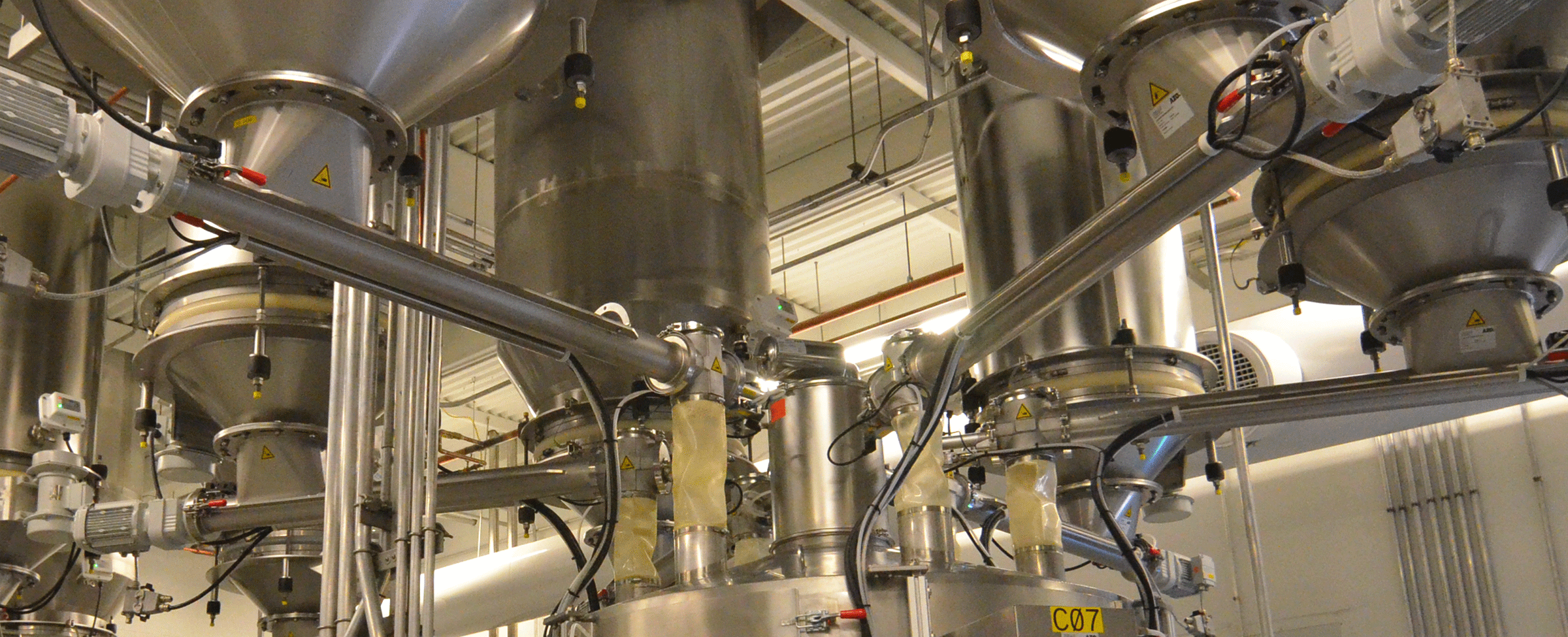April 27, 2022
BCI is CSIA Certified For 8th Time
“…….as good as what we find in companies 5 times their size.” Bachelor Controls is pleased to announce that the Control System Integrators Association has awarded us “CSIA Certification” for the 8th consecutive time. We were the 15th company to be certified back in 2000. We…











